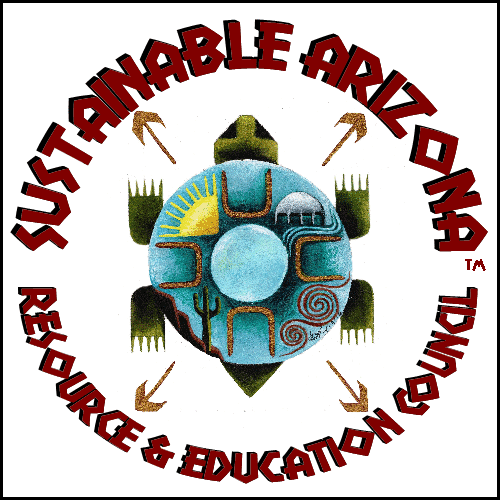Why community shared solar is ready to be the ‘great equalizer’ A new NREL study explains what could open up the other half of the distributed solar market.
About half of all American rooftops are suited to solar installations and about 0.5% now have solar. That means solar could get up to 100 times bigger than it is now. But that’s not the big news in a just-released study.
The really big news is that community shared solar is poised to reproduce the sharp upward growth that the industry has seen over the last five to six years with solar leasing, according to researchers at the Department of Energy (DOE) National Renewable Energy Laboratories (NREL). That would give the other half of households and small businesses the opportunity to buy in.
“This business model opens solar up to something like 100% of the market. Everyone. It is really an equalizer,” explained NREL Senior Financial Analyst David Feldman. “Solar has a lot of benefits but not everyone can take advantage of them right now. This business model provides that.”
New data in Shared Solar: Current Landscape, Market Potential, and the Impact of Federal Securities Regulation makes it possible for a more accurate accounting of available roof space than the 23% to 29% estimate made in 2012, co-author Feldman said.
“A surprisingly large number of people and businesses can host a solar system,” Feldman said. “But there is a very large number who cannot.”
An estimated 49% of households and 48% of businesses are currently unable to host a PV system, the study finds. “By opening the market to these customers, shared solar could represent 32% to 49% of the distributed PV market in 2020, thereby leading to cumulative PV deployment growth in 2015 to 2020 of 5.5 GW to 11.0 GW, and representing $8.2–$16.3 billion of cumulative investment.” Read more…

